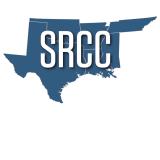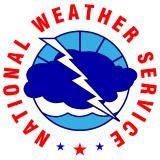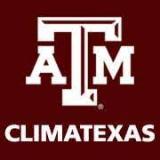South Central U.S. Drought Update and Winter Outlook: November 14, 2022
From shipping to agriculture and fire, the current drought has caused major impacts across the South Central United States so far. The forecast of a third La Niña winter does not bode well for lingering drought across the southern U.S.
This webinar provided an overview of current conditions and impacts from drought and a look ahead to what winter will bring for Arkansas, Kansas, Louisiana, Mississippi, New Mexico, Oklahoma, Tennessee, and Texas. The webinar was co-produced by NOAA's National Integrated Drought Information System and the Southern Regional Climate Center.
For more information, please contact joel.lisonbee@noaa.gov.







